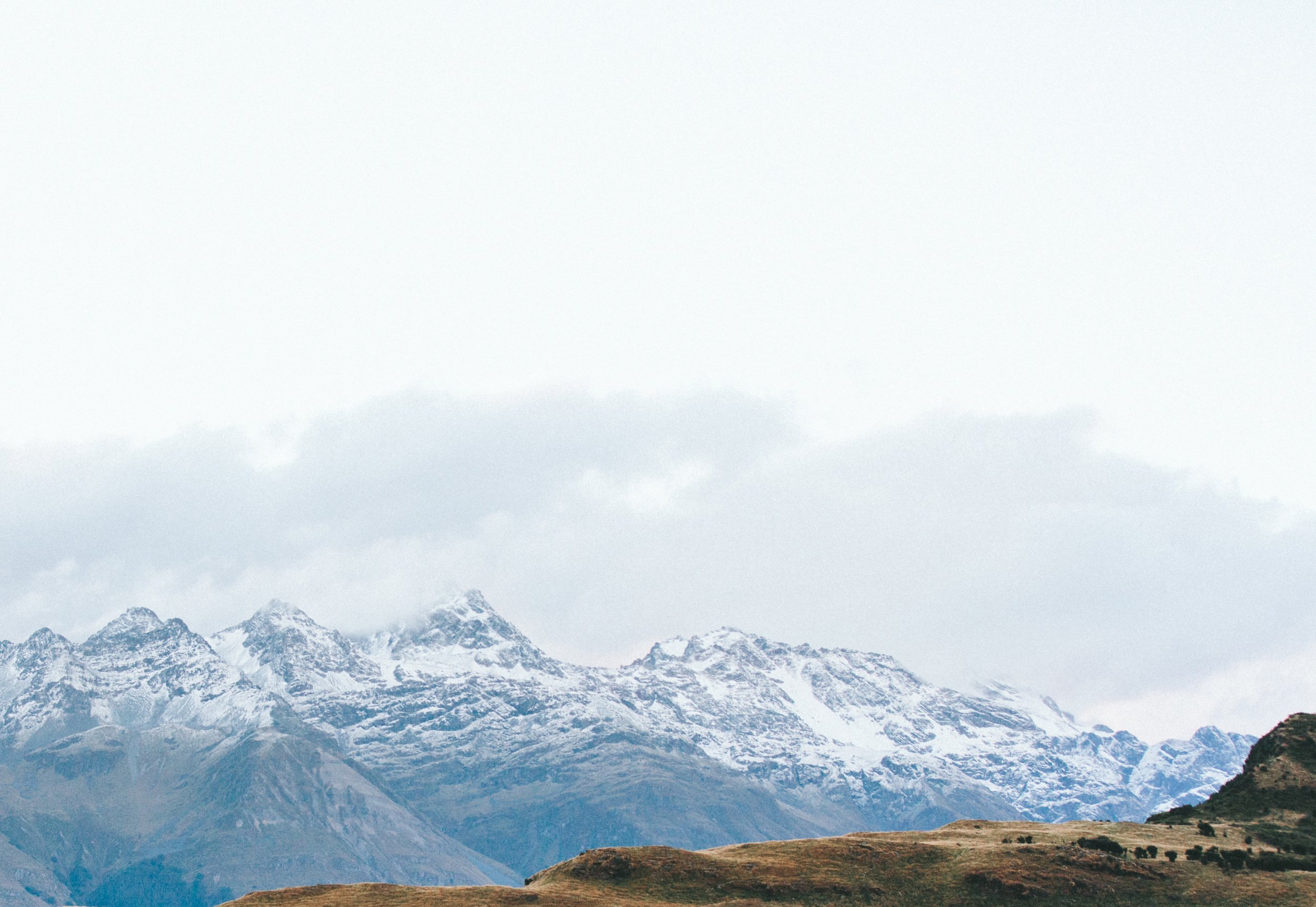
Indigenous Hunter-Warrior Cultures
Many of our world’s folk fighting cultures were not in the form of codified martial arts. While the European master-at-arms maybe have published fencing manuscripts, and the Japanese and Chinese maintained lineages of combat skills, most martial arts were traditionally practiced by the community as a community, or within a warrior-society.
Vincent Tseng began childhood with a profound love of nature and the skills to thrive within in. In the livelihood of the hunter, one can see the primordial beginnings of martial capability - something that some cultures have honed to deadly effectiveness. On his adventures, Vincent seeks out indigenous communities which have maintained the spirit of their Hunter-Warrior ethos. In Taiwan he follows the old trails of the indigenous people and learn about the old men’s lodge complex of southern Taiwan which used to raise headhunters and learns to make their knives and bows and arrows. In Mongolia he is an avid enthusiast of the archery, bushcraft and hunting culture. Someday he will also return to Guyana to the rain forests and mighty rivers - land of the various Carib peoples like the Makushi, Kapon, Kalina and Wai Wai. Once known to be fierce warriors and claimed to be cannibals. He is looking forward to adventures in Sarawak’s jungles and on her rivers, learning the ways of her Dayak people especially the Iban who in the past exploded out of the hinterlands - raiding, looting and headhunting outsiders.







